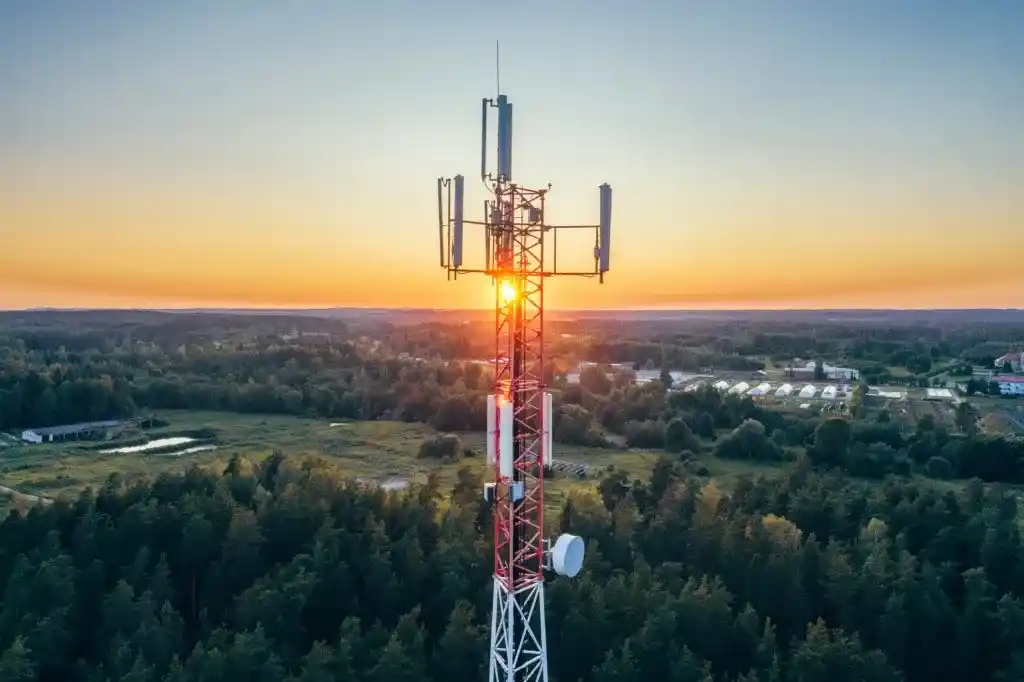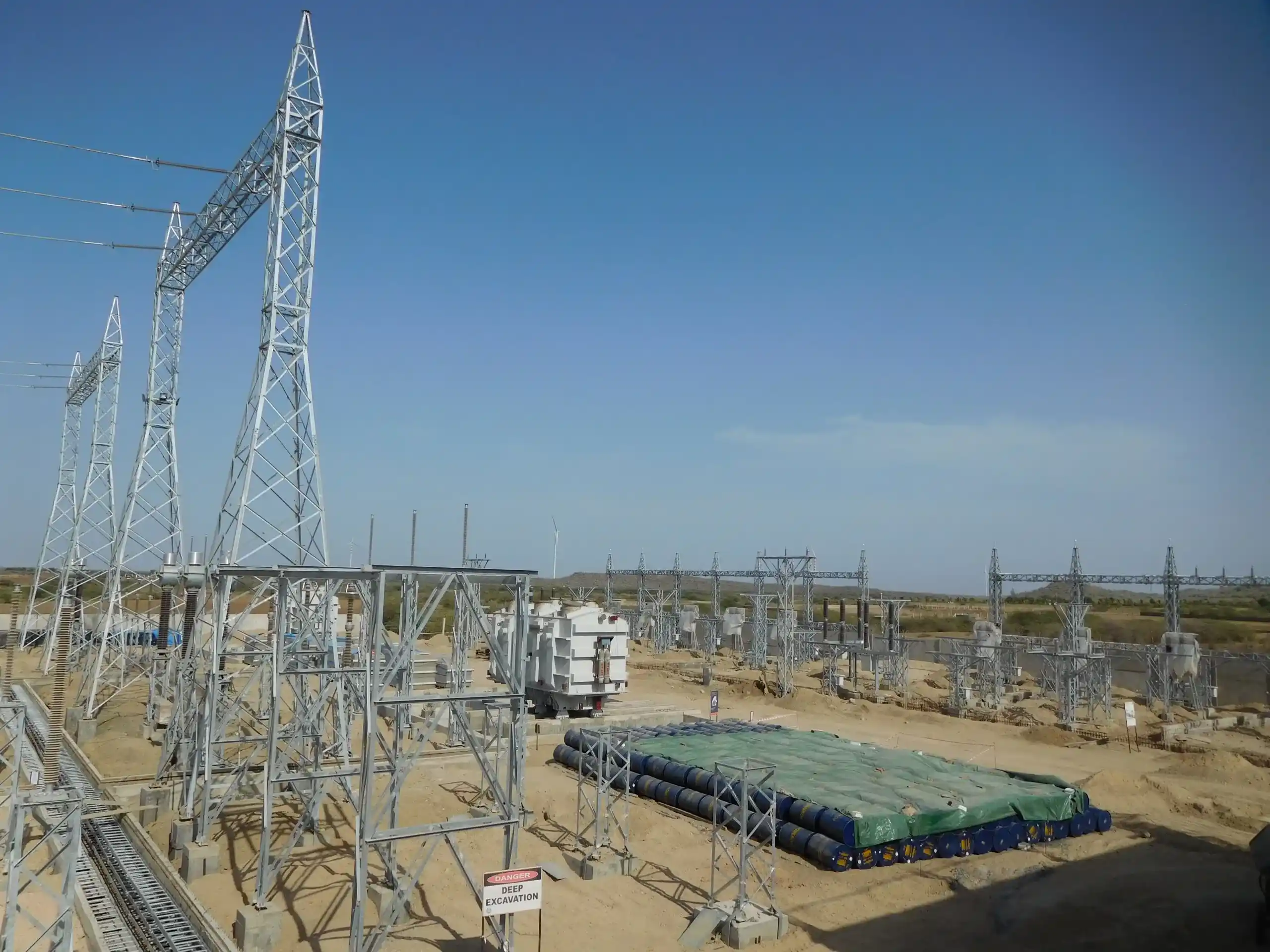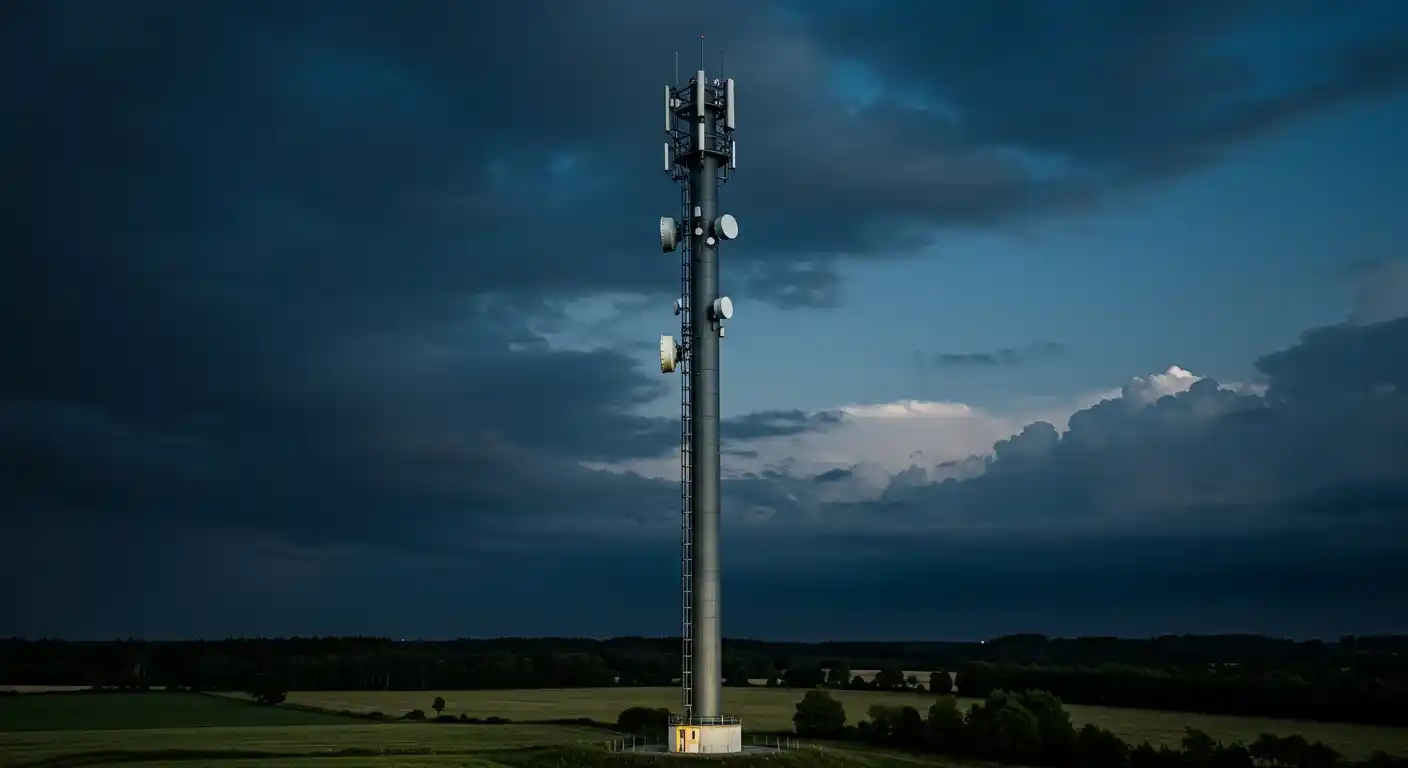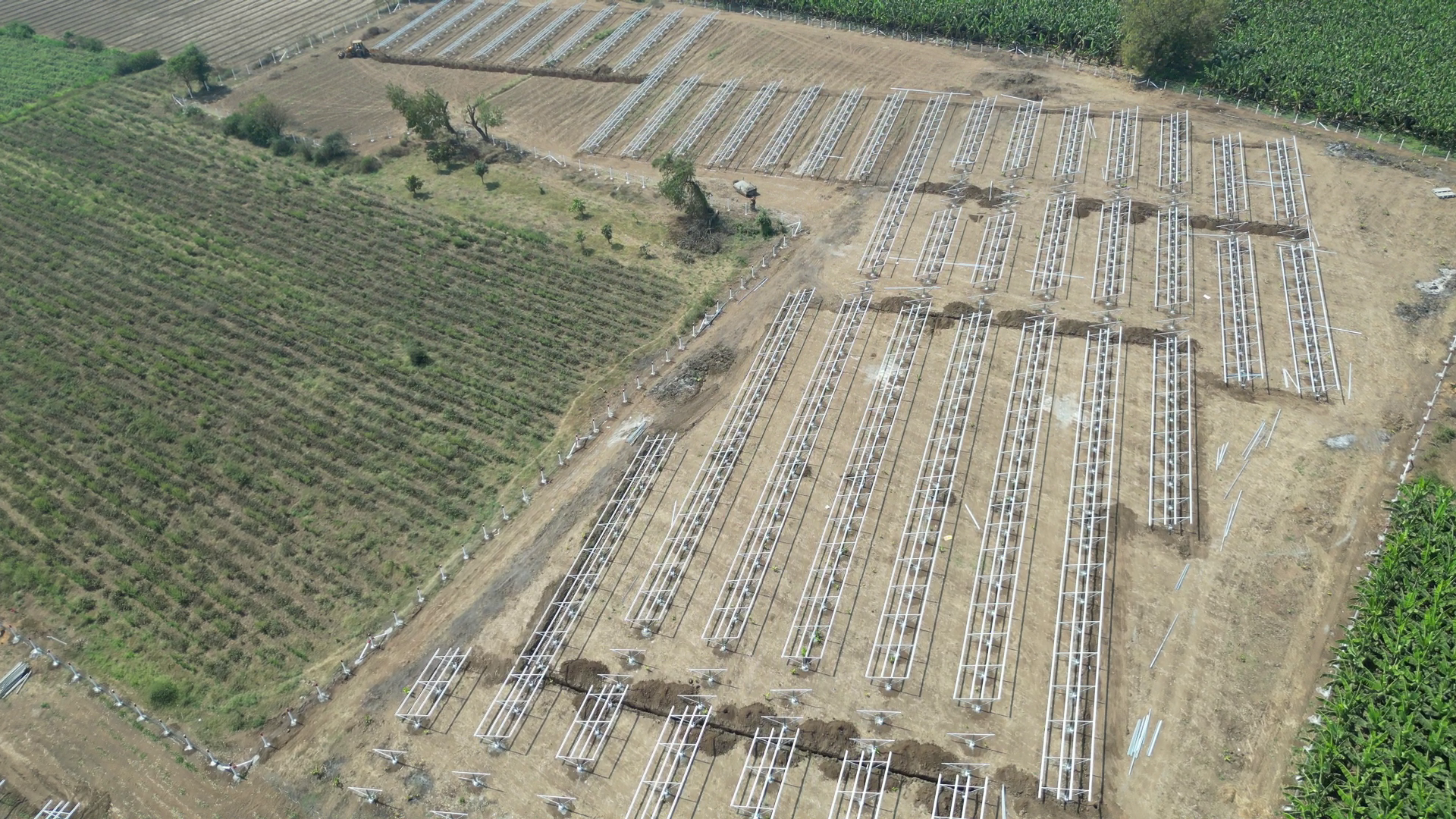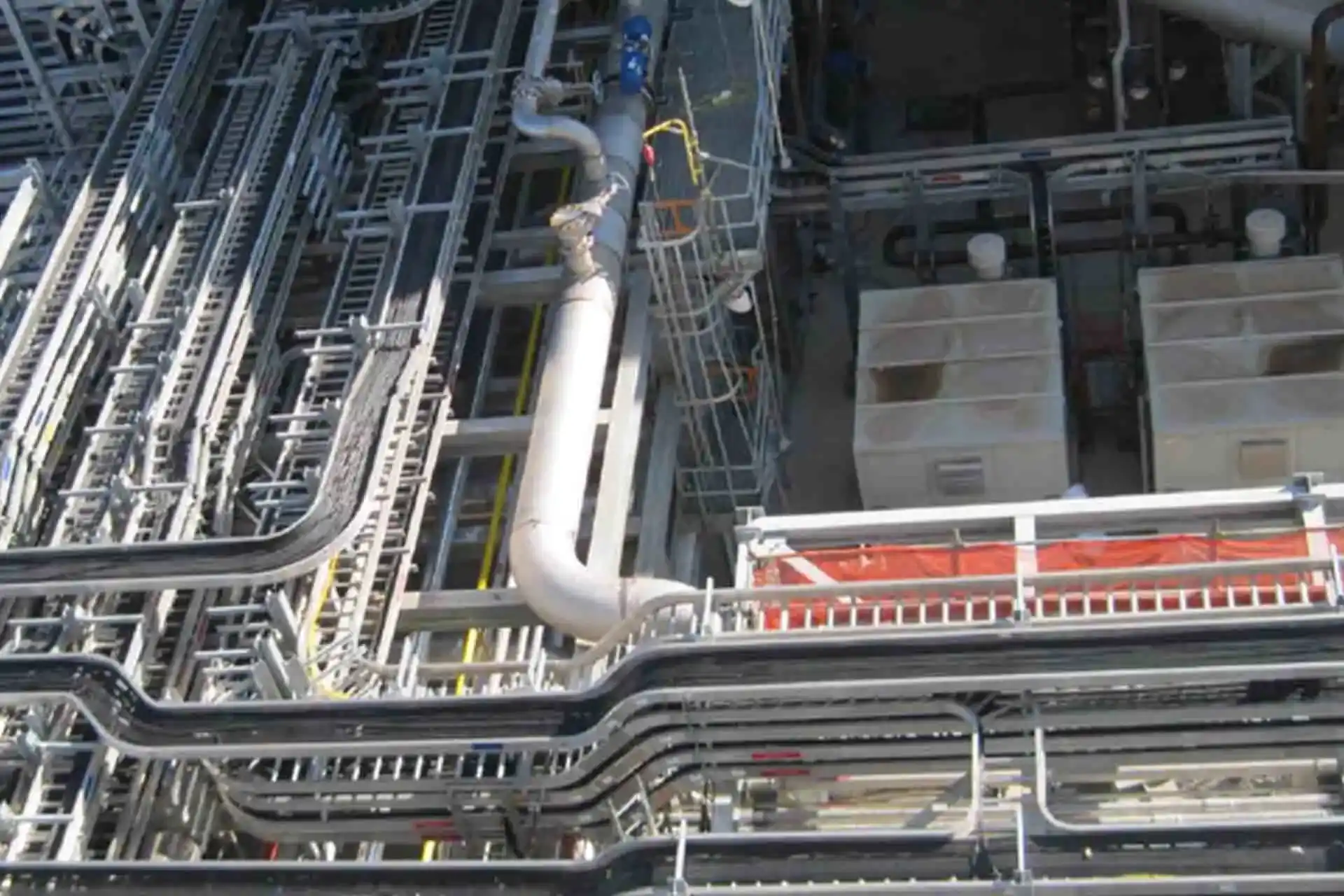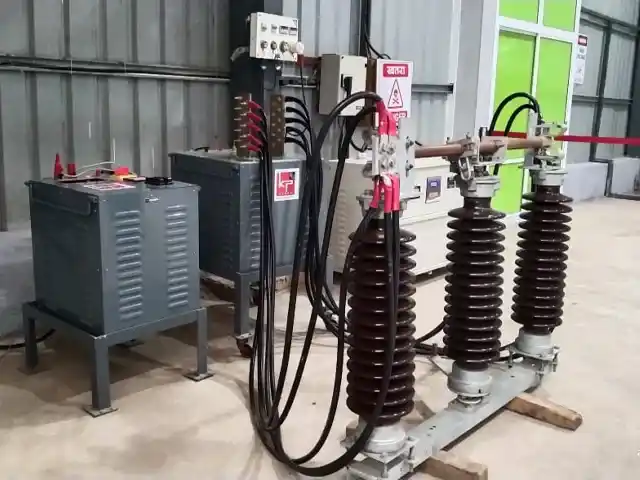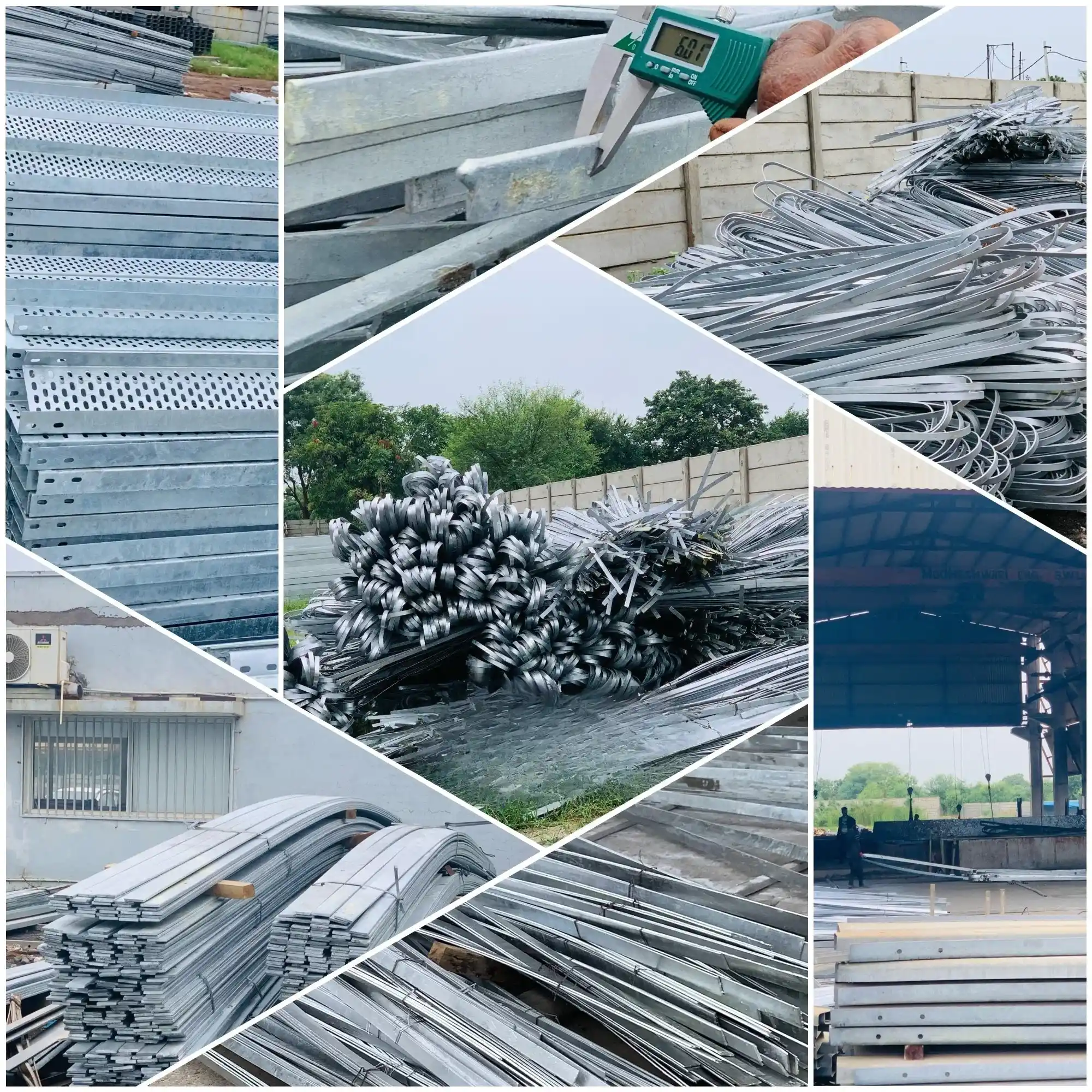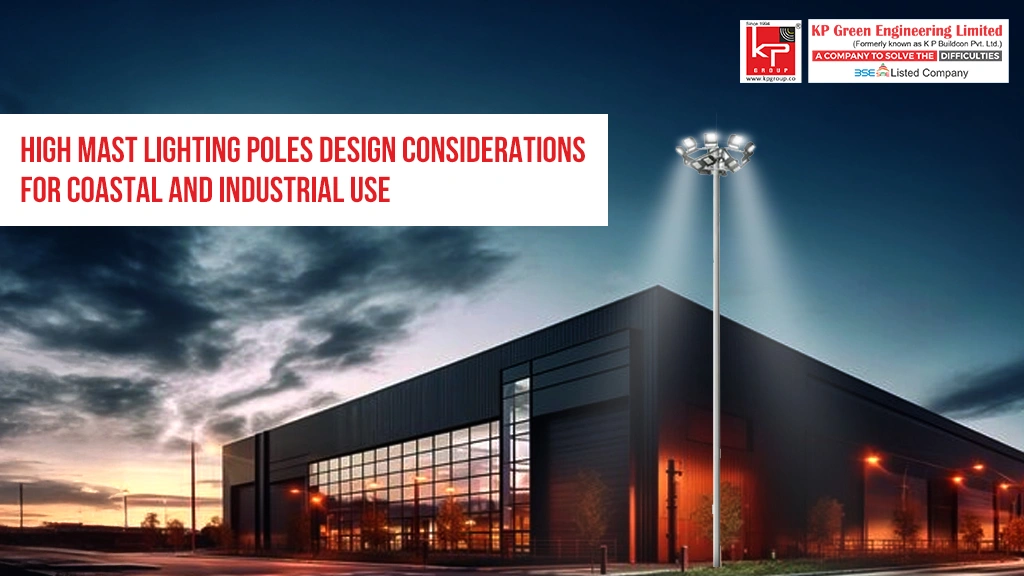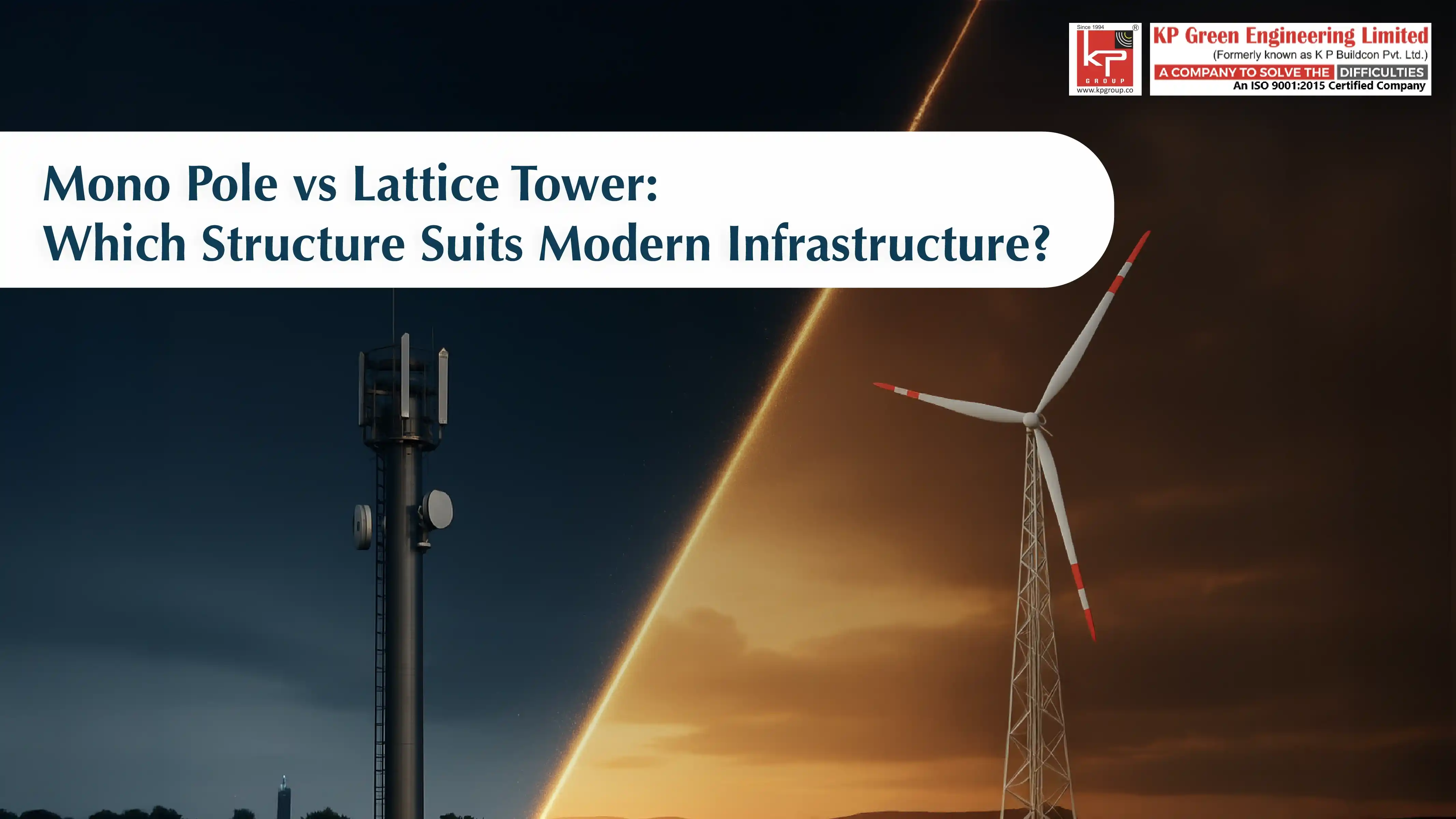
Mono Pole vs Lattice Tower: Which Structure Suits Modern Infrastructure?
Introduction to Transmission and Telecom Tower Structures
Contemporary urban infrastructure is predicated upon its existing structures and the ongoing construction of resilient towers that make possible telecommunication networks, electricity transmission systems, and radio functions. As urban areas continue to change, and technology advances, the selection of a singular tower versus a dual tower option becomes more of a decision-making criterion for providers, engineers, or infrastructure planners.
Why Compare Monopole and Lattice Tower Designs?
Infrastructure development projects experience multiple challenges, such as space limitations in urban environments and costs for large-scale implementations. Knowing the differences between monopole and lattice towers allows project managers to make deliberative choices that consider functionality, cost-effectiveness, and reliability in the long run. Each structure type has its own benefits depending on the defined application and environmental conditions.
Role of Towers in Modern Infrastructure Development
Tower structures provide the basis for services that are vital to connections in our communities, as well as the engines for economic development. Whether cellular networks that facilitate instantaneous conversation, or high-voltage transmission lines that can carry electricity across enormous distances, these structures must endure conditions of the environment while providing reliable service for decades.
Difference Between Monopole and Lattice Towers
The fundamental distinctions between these two tower types extend beyond their visual appearance, encompassing structural engineering principles, material usage, and installation requirements.
Structural Design and Materials
Monopole towers consist of one, generally tapering, cylindrical steel pole, which creates an attractive, uncomplicated profile. The monopoloe is made of continuous steel shape, which provides inherent strength, while projecting a relatively compact footprint. Comparatively, lattice towers are constructed using a triangular or square configuration of steel components that are interconnected and, in a way, employ and share loads across multiple structural points via a bracing and support system.
The amount of materials utilized within these different designs can vary significantly. Monopole towers come with thicker sections of steel, since the design demands that the loads of distribution structurally engage at one point. However, the lattice tower can use lighter individual components since the loads utilize the full bracing capability to distribute the overall load activity across the entire framework structure.
Space Requirements for Monopole Towers and Lattice Towers
Space requirements for monopole towers and lattice tower configurations vary dramatically based on their structural approach. Monopole installations require minimal ground space, often needing only a small concrete foundation pad. This compact design makes them ideal for urban environments where land availability is limited and property costs are high.
In contrast, lattice towers take up more ground real estate because of their larger bases and guy wire systems. They also have more involved foundation requirements, typically with multiple anchor points and a larger buffer zone around the tower. An increased footprint is something that you will want to assess in urban settings; however, it may be dismissed in rural and industrial settings.
Durability and Load-Bearing Capacity
Both tower types provide great durability if designed and maintained properly, but they offer durability through different structural designs. Monopoles have a solid construction and engineered tapering where this framework helps support wind loads and the weights of the equipment. The steel construction of the monopole mitigates potential failure points found at connection joints.
Lattice towers transmit loads through the foundation structure, providing redundancy for the structural system. If one member becomes under load or a minor issue, the rest of the framework can support the load. This redundant design provides more capacity for the ultimate load for heavy equipment installations.
Monopole Tower Advantages
The growing popularity of monopole designs in modern infrastructure projects stems from several key benefits that address contemporary development challenges.
Compact Design and Less Space Requirement
Monopole tower advantages are that they have a small land footprint and can therefore be more ideal in urban settings that may experience expensive values for land. With the single-pole design, the footprint related to the foundation is smaller (typically 10-20 feet in diameter) compared to lattice towers that may have a drawing base of 40-60 feet or more.
The monopole tower's compact design positively impacts the environment in many ways. It requires less site preparation than a lattice tower and minimizes disruption to existing landscaping or infrastructure. Property owners also like the visual impact and that other land uses can remain around the tower location.
Faster Installation and Maintenance
Monopole structure installation timelines are normally shorter than lattice tower installation projects. The prefabricated components of a monopole can typically be erected quickly with the aid of mobile cranes, streamlining the construction and expense phase. Maintenance activities are also more efficient since technicians can access equipment and conduct examinations more efficiently on a pole-style structure.
The simpler design will have fewer connections that will need inspection and maintenance. Less maintenance needs will equate to relatively lower costs over time and higher reliability of the systems overall.
Applications of Monopole Towers in Telecom and Utilities
Applications of monopole towers span numerous infrastructure sectors, with telecommunications being the primary driver of growth. Cell phone carriers prefer monopoles for urban installations where they need to blend into the existing environment while providing reliable coverage.
Utility companies also utilize monopole designs for distribution lines, street lighting, and traffic management systems. The clean appearance and compact footprint make them suitable for residential areas where aesthetic concerns are important to community acceptance.
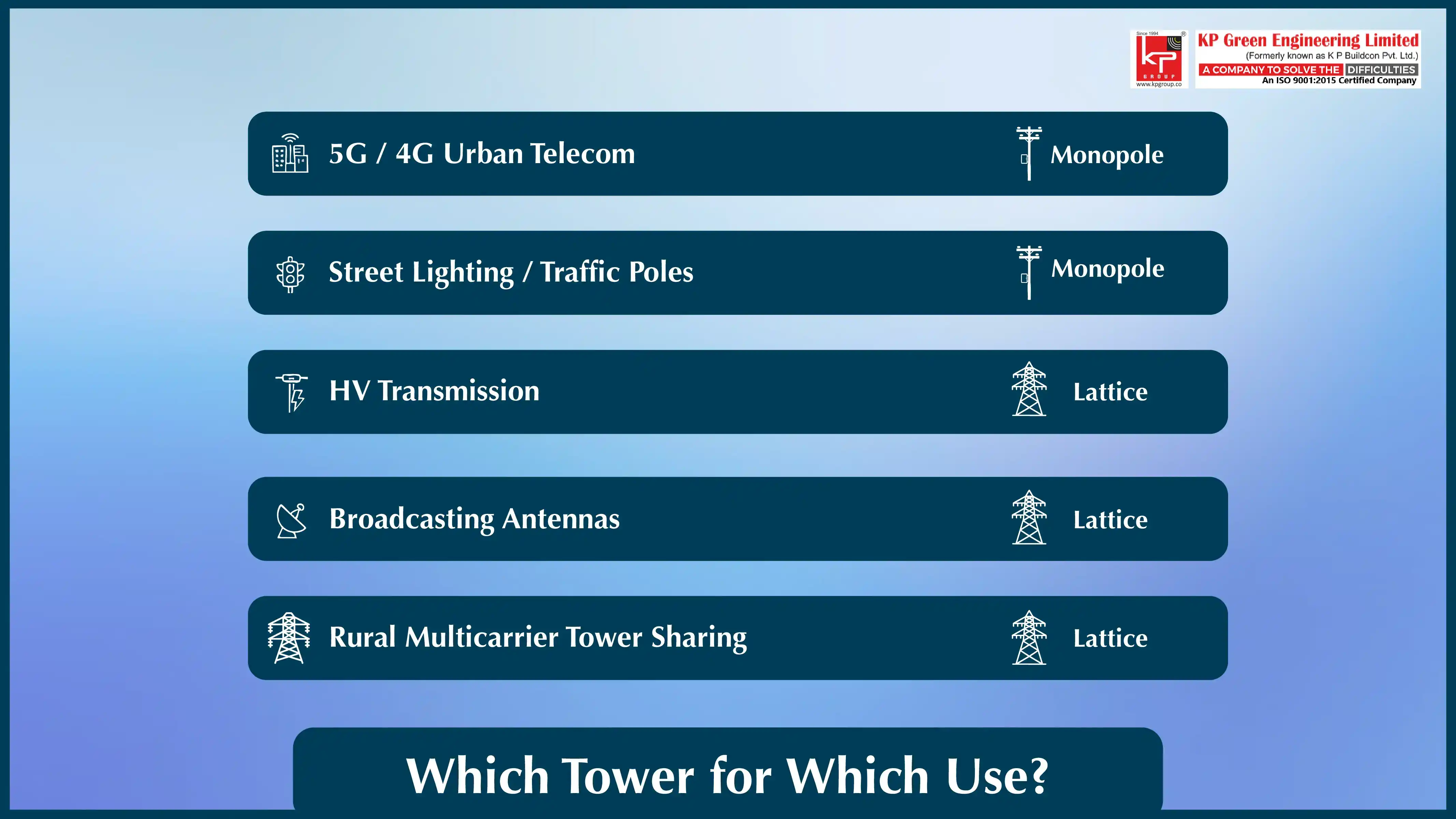
Lattice Tower Advantages
Despite the growing popularity of monopoles, lattice tower designs continue to offer significant benefits for specific applications and environments.
High Strength and Stability
The triangulated framework of lattice towers provides exceptional structural stability and load-bearing capacity. This design excels in applications requiring heavy equipment loads or extreme height requirements. The distributed load path through the framework creates inherent redundancy that enhances overall system reliability.
Wind resistance is another strength of lattice designs, as the open framework allows wind to pass through rather than creating a solid surface that must resist full wind pressure. This characteristic makes lattice towers particularly suitable for areas prone to severe weather conditions.
Cost Efficiency for Large Installations
Although individual lattice towers may have a higher upfront investment associated with more complicated construction and installation practices, they often result in greater value for larger projects than conventional construction methods. Their ability to achieve standardized designs across multiple installations, and the possibility of fabrication to local jurisdiction will lower overall project costs.
The modular concept of lattice construction allows for easier modification and expanding when the infrastructure needs change. New equipment can often be added to the lattice frame by reinforcing portions of the frame rather than replacing the entire frame.
Applications of Lattice Towers in Power Transmission and Telecom
Applications of lattice towers remains conventional in high-voltage transmission projects requiring extreme heights and large conductor loads. The framing design can easily accommodate several circuit configuration and provide sufficient clearances for high-voltage apparatus.
Lattice towers are also used in broadcasting applications where large antenna arrays are required. Lattice towers enable easy modification of configuration as technologies change in broadcasting. The open frame design does not interfere with radio frequency signals.
Telecom Monopole vs Lattice Structure: Which to Choose?
The decision between telecom monopole vs lattice structure depends on multiple factors that must be carefully evaluated for each specific project.
Performance in Urban vs Rural Environments
Due to limited space, aesthetics, and zoning, monopole sites will typically be preferred in urban areas. They offer a clean look, a small user-friendly footprint, and there tend to be less opposition from residents or municipalities.
Where coverage areas are large and sites need a taller structure, rural locations can provide lattice tower sites, especially when multiple carriers can share a tower. Because there is usually additional space in rural settings, the larger footprint is not as concerning as it is in urban areas.
Lifespan and Maintenance Needs
With proper design and timely maintenance, both types of tower structures can serve for more than 50 years. Monopole towers typically require less routine maintenance than lattice towers, because they have fewer interconnected parts or encased systems. However, if a major repair or upgrade is required for a monopole structure, usually the entire section must be replaced.
Lattice towers are generally easier to access for maintenance and the connecting parts of their frames can often be accessed and fixed or replaced without the need for replacing the entire structure. There can also be the capability of creating a modular design, which can extend the life of the structure or reduce long-term repairs and maintenance cost, particularly for more complex systems.
Aesthetic and Environmental Considerations
Visual impact has become increasingly important in tower siting decisions. Monopoles offer a cleaner appearance that many communities find more acceptable than the industrial look of lattice towers. This aesthetic advantage can be crucial in obtaining necessary permits and maintaining positive community relations.
Environmental impact extends beyond visual concerns to include wildlife protection, particularly for bird species. Both designs can be modified with appropriate lighting and marking systems to minimize wildlife conflicts while maintaining structural integrity.
Key Factors to Consider for Infrastructure Planning
Successful tower projects require careful evaluation of multiple factors that influence both initial costs and long-term performance.
Land Availability and Project Location
The features of the site are an important element in choosing type of tower. In urban locations with limited habitat availability, and high property values, monopole designs are typically chosen, while rural sites can achieve the structural advantages of lattice towers if the site allows.
Other aspects, such as soil conditions, access for construction equipment, and proximity to infrastructure affect the cost of different tower designs and the feasibility to perform construction activities. The geotechnical assessment should also drive the foundation design requirements for both types of structures.
Cost, Durability, and Long-Term Reliability
Upfront costs must be weighed against operating costs and length of service. Monopoles may have a higher material unit cost, but their reduced installation and maintenance may present a better value than traditional structures for many applications.
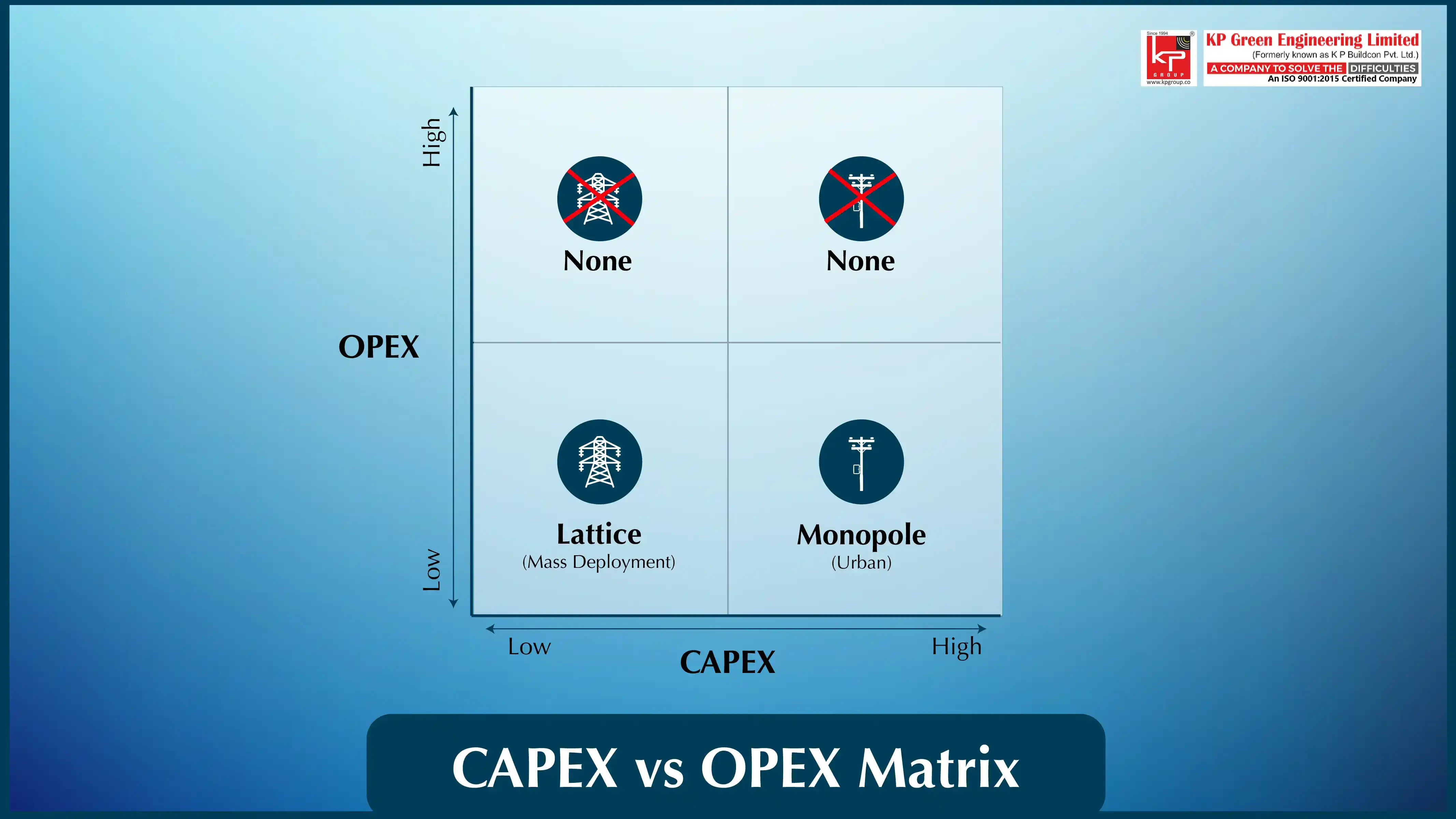
Durability of monopole vs lattice towers depends largely on proper design, quality materials, and appropriate maintenance programs. Both types can achieve excellent longevity when these factors are properly addressed during planning and implementation phases.
Regulatory and Safety Standards
There are distinct building code and zoning regulations with varying levels of safety depending on the site and use. Planning for these requirements early in the site planning and design process can save money on redesign as well as expedite the permitting process. Design for safety for maintenance personnel, first responders, and the public must be part of the tower design and site planning process. Monopole and lattice designs are capable of incorporating safety into the tower design with good engineering and safety systems in place.

Contact us today to discuss your project's specific needs
and find the ideal monopole or lattice tower solution.
Contact Us Now
Conclusion
When evaluating the pros and cons of a monopole or lattice structure design for a project, consider venue-specific site constraints, load requirements, aesthetic concerns, and future operational requirements. Generally in an urban setting, a monopole is the better design because it offers less footprint and a cleaner appearance, but as mentioned, a lattice design offers better structural capacity and flexibility for certain designs. In fact, some infrastructure projects can easily relate the success of the project to the resulting better choice of tower design matched with the project-specific loading and site constraints while maintaining performance and value over the operational life of the design.
Frequently Asked Questions:
About Us
KP Green Engineering Ltd. provides complete engineering and steel structure manufacturing solutions worldwide, serving industries such as renewable energy, telecommunications and beyond.
Get In Touch
Latest News
KP Green Engineering Dispatches First Heavy Engineering Product For Chennai Metro
KP Green Engineering Secures INR 682.75 Crore Order in Solar and Transmission Segments
KP Green Engineering Limited's Financial Results for H1 FY26


